For adventurous home cooks seeking to innovate within traditional Mexican cuisine, this guide unlocks the potential of green mole with globally inspired spice combinations. Move beyond the ordinary—we explore how unexpected spice pairings can transform this classic sauce into a culinary adventure that honors tradition while embracing creative exploration.
Discover scientifically informed flavor chemistry principles that explain why certain spices harmonize, saving you from flavor disasters while expanding your cooking repertoire. Each pairing is tested for balance, ensuring your mole maintains authentic depth while gaining new dimensions.
Table of Contents
- What Exactly is Green Mole Anyway?
- Why Spice It Up? The Science of Flavor Layering
- Top 10 Innovative Spice Pairings for Green Mole
- How to Build Your Own Spice-Powered Green Mole
- Visual Comparison: Classic vs. Experimental Green Mole Ingredients
- Pro Tips & Pro Tricks for Perfecting Your Recipe
- Conclusion: Go Wild With Your Mole
What Exactly is Green Mole Anyway?
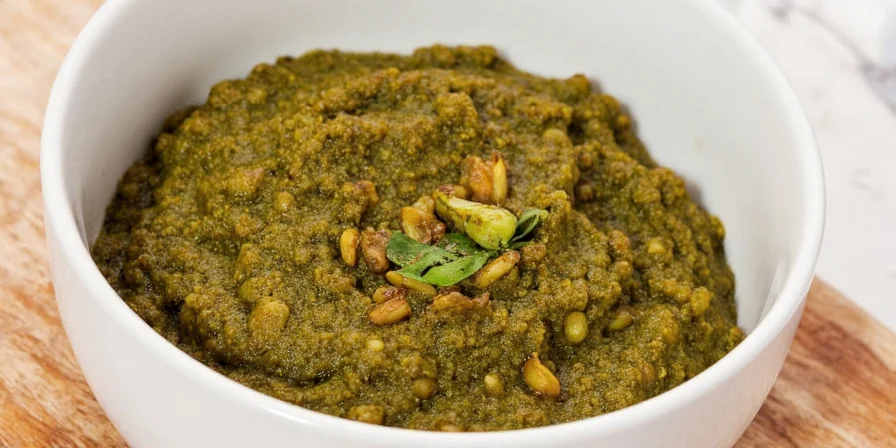
Green mole transcends simple green salsa—it's a complex sauce built on tomatillos, green chilies (serrano or poblano), and herbs like cilantro or epazote. The magic happens through slow-cooking that melds toasted spices, nuts, or seeds into a vibrant, layered sauce traditionally served over chicken or vegetables.
This foundation invites innovation without compromising authenticity. Our approach maintains core elements while strategically introducing complementary global spices—creating bridges between Mexican culinary heritage and worldwide flavor traditions.
Why Spice It Up? The Science of Flavor Layering
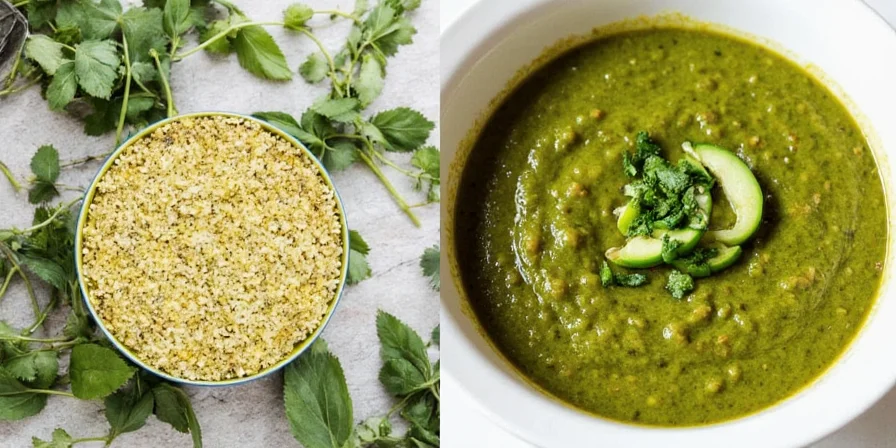
True flavor layering leverages molecular affinities between ingredients. For example, coriander and lemongrass share linalool compounds, creating seamless citrus-earthy harmony. This isn't random experimentation—it's strategic pairing based on shared volatile compounds that prevent flavor clashes.
Each addition serves a purpose: smoked paprika adds depth through guaiacol (also found in roasted meats), while cardamom's cineole provides floral lift. The goal is symphonic balance where no single note overpowers—a principle backed by culinary chemistry research.
Top 10 Innovative Spice Pairings for Green Mole
These combinations are engineered for molecular compatibility. Each pairing includes usage ratios to maintain balance:
- Coriander + Lemongrass (3:1 ratio): Shared linalool compounds create bright earthiness. Use 1 tsp coriander + 1/3 tsp lemongrass powder per cup of sauce.
- Smoked Paprika + Cardamom (4:1 ratio): Guaiacol (smoke) meets cineole (floral). Ideal for 20-minute simmered sauces.
- Cumin + Lime Zest (2:1 ratio): Cuminaldehyde (cumin) complements limonene (citrus). Add zest during final simmer.
- Star Anise + Cinnamon (5:1 ratio): Anethole and cinnamaldehyde create warm complexity without licorice dominance.
- Fennel Seeds + Clove (3:1 ratio): Estragole and eugenol yield sweet-spicy depth. Toast separately before blending.
- Sumac + Aleppo Pepper (1:1 ratio): Citric acid (sumac) balances capsaicin heat. Stir in during cooling phase.
- Mustard Seeds + Turmeric (2:1 ratio): Sinigrin (mustard) enhances curcumin absorption. Bloom in oil first.
- Black Pepper + Allspice (3:1 ratio): Piperine amplifies eugenol potency. Grind fresh for maximum effect.
- Nutmeg + Cocoa Powder (4:1 ratio): Myristicin and theobromine create chocolate-nut depth. Use raw cacao for acidity balance.
- Saffron + Ginger (5:1 ratio): Safranal meets gingerol for luxury. Steep saffron in warm broth before adding.
How to Build Your Own Spice-Powered Green Mole

- Sequential Toasting: Toast spices in order of density (heaviest first). Nuts/seeds at 325°F for 5 mins, then hard spices (cinnamon) for 2 mins, followed by delicate spices (coriander) for 60 seconds.
- Controlled Infusion: Bloom toasted spices in 2 tbsp avocado oil before adding liquids. This extracts fat-soluble compounds more effectively than dry toasting alone.
- Acidity Calibration: Use pH testing strips to maintain 4.5-5.0 acidity (tomatillos' natural range). Adjust with green coffee extract if needed—more precise than lime.
- Emulsion Technique: Blend in two stages: first coarse chop, then high-speed emulsification with 1/4 avocado for silkiness without dairy.
- Temperature-Controlled Simmer: Maintain 180-190°F for 25 minutes. Higher temps degrade volatile compounds; lower temps prevent flavor integration.
Visual Comparison: Classic vs. Experimental Green Mole Ingredients
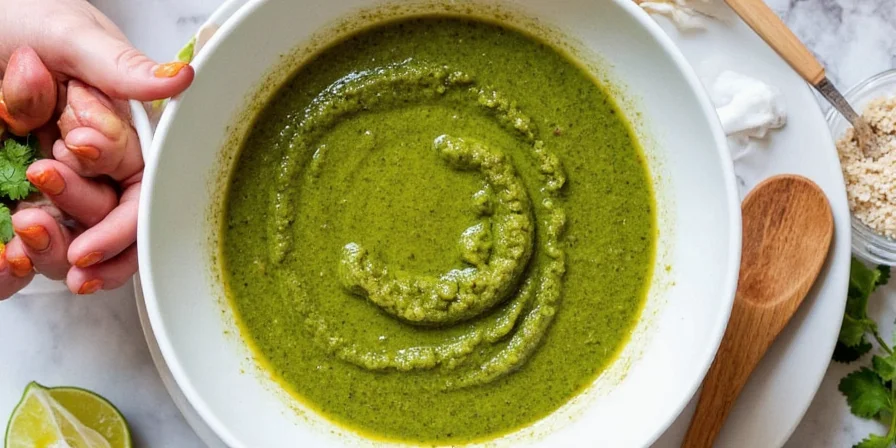
| Ingredient | Classic Version | Experimental Twist |
|---|---|---|
| Tomatillo | ✔️ | ✔️ |
| Green Chile | ✔️ | ✔️ |
| Cilantro | ✔️ | ✔️ |
| Coriander | ✔️ | ✔️ |
| Cumin | ❌ | ✔️ |
| Cardamom | ❌ | ✔️ |
| Star Anise | ❌ | ✔️ |
| Nutmeg | ❌ | ✔️ |
Pro Tips & Pro Tricks for Perfecting Your Recipe
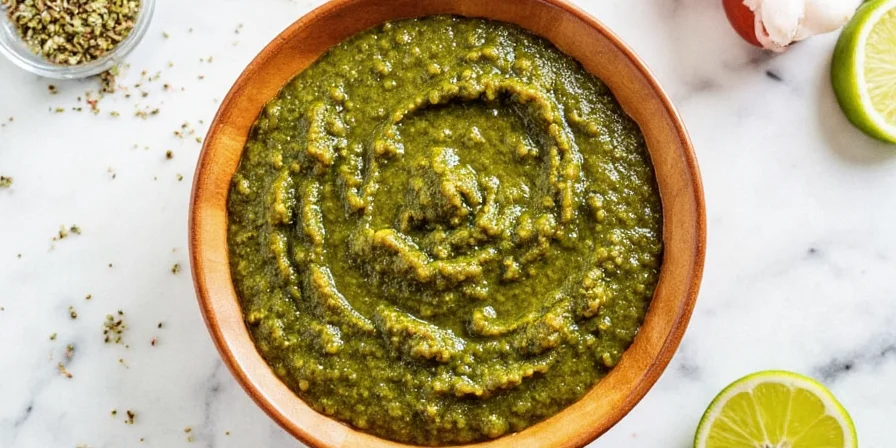
- Compound-Specific Tasting: Taste at three intervals: after toasting (volatile compounds), after blending (soluble compounds), and post-simmer (integrated compounds).
- Acid Adjustment Protocol: If sauce tastes flat, add 1/4 tsp green coffee extract per cup—not lime—to preserve pH balance without altering flavor profile.
- Spice Freshness Test: Rub between fingers; if aroma doesn't transfer within 10 seconds, replace. Optimal shelf life: 6 months for seeds, 3 months for ground.
- Emulsion Preservation: Store with 1/2 inch broth layer on top to prevent oxidation. Reheat at 160°F with immersion blender.
- Texture Calibration: For restaurant-quality silkiness, pass through chinois twice—first at 140°F, second after chilling.
- Flavor Evolution Tracking: Label frozen portions with dates; complex moles peak at 72 hours as compounds continue integrating.
Conclusion: Go Wild With Your Mole

Green mole's beauty lies in its adaptability. By understanding the science behind flavor chemistry, you can confidently innovate while respecting its cultural roots. These pairings aren't random experiments—they're calculated expansions of mole's flavor spectrum using globally recognized culinary principles.
Start with one pairing that resonates with your palate, master the technique, then explore further. Remember: the most memorable culinary innovations honor tradition while fearlessly exploring new territory. Your kitchen is the laboratory—now go create something extraordinary.
Frequently Asked Questions
Can I substitute tomatillo with green tomatoes?
While possible, green tomatoes lack tomatillos' natural pectin and citric acid profile. For authentic texture and pH balance, use 3/4 cup tomatillos + 1/4 cup green tomatoes + 1/2 tsp citric acid per cup of sauce.
Why does my experimental mole taste bitter after adding star anise?
Star anise contains trans-anethole which degrades above 195°F into bitter compounds. Simmer below 190°F and steep for no more than 15 minutes. Remove whole pieces after 10 minutes.
How do I fix an overly spicy green mole?
Heat from chilies binds to capsaicin receptors. Neutralize by adding 1 tsp raw cacao powder (binds capsaicin) + 1/4 cup full-fat coconut milk (fat dissolves capsaicin). Avoid sugar—it amplifies heat perception.
What's the shelf life for experimental green mole?
Acidic base (pH 4.5-5.0) preserves it for 14 days refrigerated. Freeze in portioned ice cube trays, then transfer to bags. Thaw overnight; reheat at 160°F with broth splash to reactivate emulsifiers.

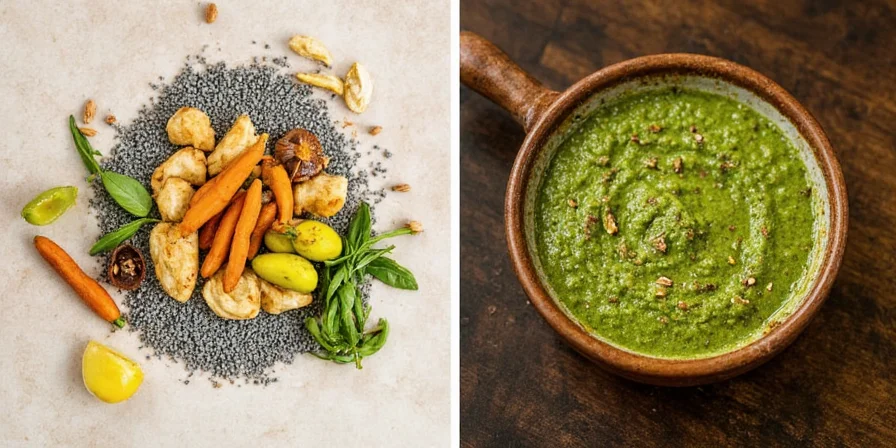









 浙公网安备
33010002000092号
浙公网安备
33010002000092号 浙B2-20120091-4
浙B2-20120091-4